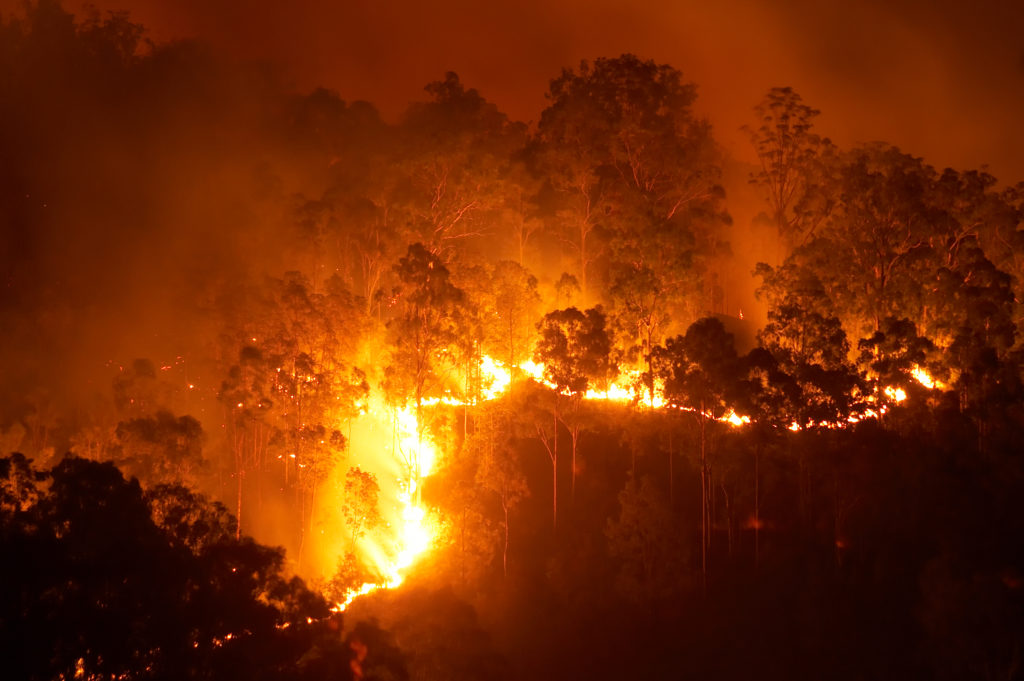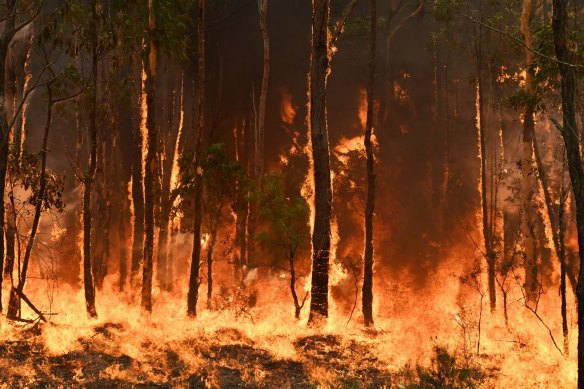Proactive Residential Property Defense: Leveraging the Insights of a BAL Report
Proactive Residential Property Defense: Leveraging the Insights of a BAL Report
Blog Article
How BAL Record Impacts Shrub Fire Defense Procedures
In the world of bush fire security, the Building Strike Degree (BAL) report stands as an essential device that dramatically influences the security and resilience of residential properties in fire-prone locations - BAL Report. The effect of a BAL assessment expands far beyond simple documents; it acts as the cornerstone for determining the proper building requirements and fire defense actions necessary to reduce the risks positioned by bushfires. As neighborhoods come to grips with significantly extreme fire periods, recognizing just how the BAL record forms these safety steps comes to be paramount for homeowners, policymakers, and builders alike
Recognizing the Bushfire Assault Level

Relevance of BAL Record Analysis

In Addition, the BAL report analysis works as a fundamental action in abiding by lawful obligations and demands connected to bushfire security. Regional councils and authorities usually mandate the entry of a BAL record as component of the preparation and building approval procedure to make certain that homes are adequately protected against bushfire threats. Falling short to perform a comprehensive BAL report analysis can lead to inadequate protection actions, leaving homes susceptible to devastating bushfire incidents.
Building And Construction Requirements Based on BAL
A detailed understanding of the Bushfire Assault Level (BAL) makes it possible for property proprietors to apply building and construction criteria customized to their details danger account. Building requirements based on BAL are important in alleviating the effect of bushfires on residential or commercial properties. The BAL score categorizes the possible danger a residential property deals with during a bushfire on a scale from BAL-Low to BAL-FZ (Fire Area)
Applying Fire Protection Actions
With the foundation of building requirements based on Bushfire Strike Level (BAL) in position, the focus currently moves towards the useful application of fire security measures to strengthen buildings versus bushfire dangers. Carrying out fire security procedures includes a mix of passive and active strategies to boost the durability of buildings in bushfire-prone areas. Easy steps consist of using fire-resistant structure materials, setting up coal guards on vents, sealing voids in roofing systems here are the findings and wall surfaces, and keeping a clear space around the residential property without combustible vegetation. Active actions encompass having firefighting devices conveniently available, such as hose pipes and water pumps, along with developing a defendable space around the property by removing plant life and having a well-maintained garden. Additionally, creating an evacuation plan and making certain all residents understand emergency situation procedures are vital parts of effective fire security actions. By integrating both passive and active methods, residential properties can considerably minimize their susceptability to bushfire occurrences and raise the security of passengers.
Shielding Homes Versus Bushfires
Successfully securing homes against the damaging effects of bushfires needs a proactive and extensive method to fire security procedures. Furthermore, sealing gaps and vents to prevent coal invasion, as well as incorporating fireproof doors and windows, can help strengthen the home's defense versus bushfires. By accepting a proactive position and integrating these safety procedures, house owners can considerably increase their opportunities of protecting their homes versus bushfires.
Final Thought
In verdict, the Bushfire Attack Level (BAL) report plays an essential function in establishing the necessary security procedures versus bushfires. Implementing fire protection steps based on the BAL record is crucial in protecting buildings from potential bushfire dangers.
In analyzing bushfire risk to homes, recognizing the Bushfire Attack Degree (BAL) is a critical element for applying effective defense measures. Generally, a look at this web-site clear understanding of the Bushfire Attack Degree is vital for carrying out appropriate defense procedures and alleviating the effect of bushfires on properties.

Report this page